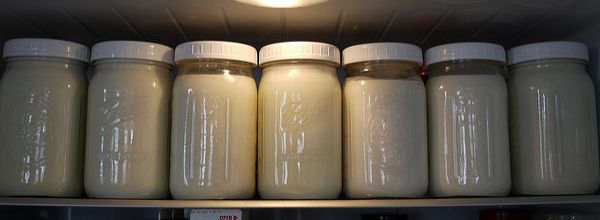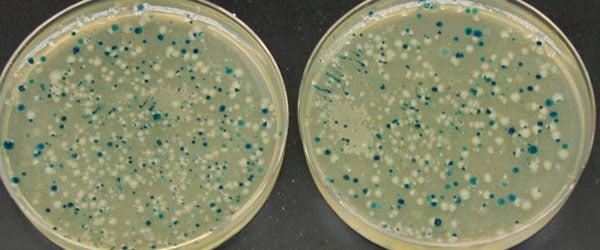Once you’ve carried out CRISPR-Cas (or other approaches) to generate mutations in your cells of interest, the next step is identifying CRISPR edited cells. Then, you can generate clonal populations of these cells, get on with the job of investigating the effect of the mutation, and, thus, trying to better understand the gene’s function.
There are a few different ways to check for successful cleavage by the CRISPR-Cas and to look for mutations. I’m going to discuss some of the more popular ones – Surveyor nuclease/T7 Endonuclease I, Sequencing-based detection and restriction endonucleases.
Surveyor/T7 Endonuclease I
The most popular way to identify CRISPR edited cells is to use an enzyme, either “Surveyor®” nuclease or T7 endonuclease I. These two enzymes effectively work in the same way – they identify mismatches in double-stranded DNA, and cut both strands of the DNA at this site. When you run the cut DNA on a standard agarose gel, if some of the DNA was mutated, you’ll see partially digested DNA. This approach is described in detail in another article.
Because this method works in pooled DNA samples, in which some cells are mutated and others are not, you can speed up the identification of positive clones by pooling samples for testing. For example, from a 96 well plate, you could pool wells into 12 samples and do the Surveyor® assay on these. If you see positives, you can then go back to the individual colonies.
Enjoying this article? Get hard-won lab wisdom like this delivered to your inbox 3x a week.

Join over 65,000 fellow researchers saving time, reducing stress, and seeing their experiments succeed. Unsubscribe anytime.
Next issue goes out tomorrow; don’t miss it.
This also means you can use it after CRISPR-Cas transfection, but before single-cell dilution, to check how efficiently the guide RNA is working, as well as to screen for edited colonies.
Restriction endonucleases
A broadly similar approach to using Surveyor® is to identify a restriction site across the target site of your guide RNA – this website can help. Of course, it’s a matter of luck as to whether there is a suitable restriction site, but if there is, that’s great.
The theory behind this approach is that if your CRISPR creates a mutation, the restriction site will be destroyed. So you can PCR from DNA from the clonal samples, cut with the restriction enzyme and run the DNA on an agarose gel to identify samples in which the DNA hasn’t been cut. You’ll then want to confirm the presence and nature of the mutation by sequencing…
Sequencing-based approaches
Sequencing can be a useful way to check for mutations. You wouldn’t want to do all the screening by sequencing (that would be mighty expensive), but it can be useful at the pooled sample stage to check the overall efficiency of mutation and, once you’ve identified mutated clones, to find the nature of the mutation.
One way to check your initial pooled DNA for signs of mutation is to use a web-based tool to estimate the percentage of DNA that is mutated. These tools take a sequencing trace from your CRISPR-transfected sample and one from a control sample and then look for low-level traces of mutated DNA.
Once you’ve used another method to identify successfully mutated clones, you can sequence the clone to find the nature of the mutation – how many bases have been inserted-deleted? – Is it a frameshift mutation?
Hopefully, this article along with the introduction to CRISPR-Cas has given you a starting point for using this incredible new technology and you’re ready to get started!
You made it to the end—nice work! If you’re the kind of scientist who likes figuring things out without wasting half a day on trial and error, you’ll love our newsletter. Get 3 quick reads a week, packed with hard-won lab wisdom. Join FREE here.







